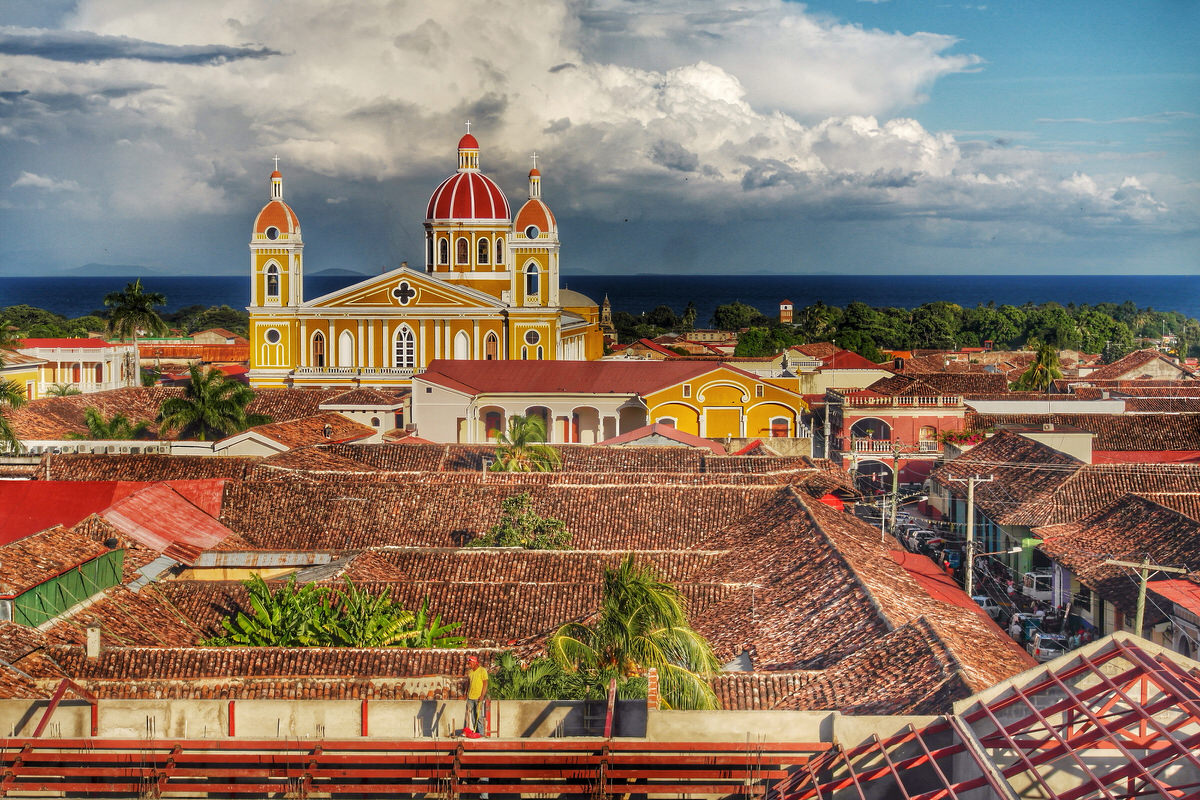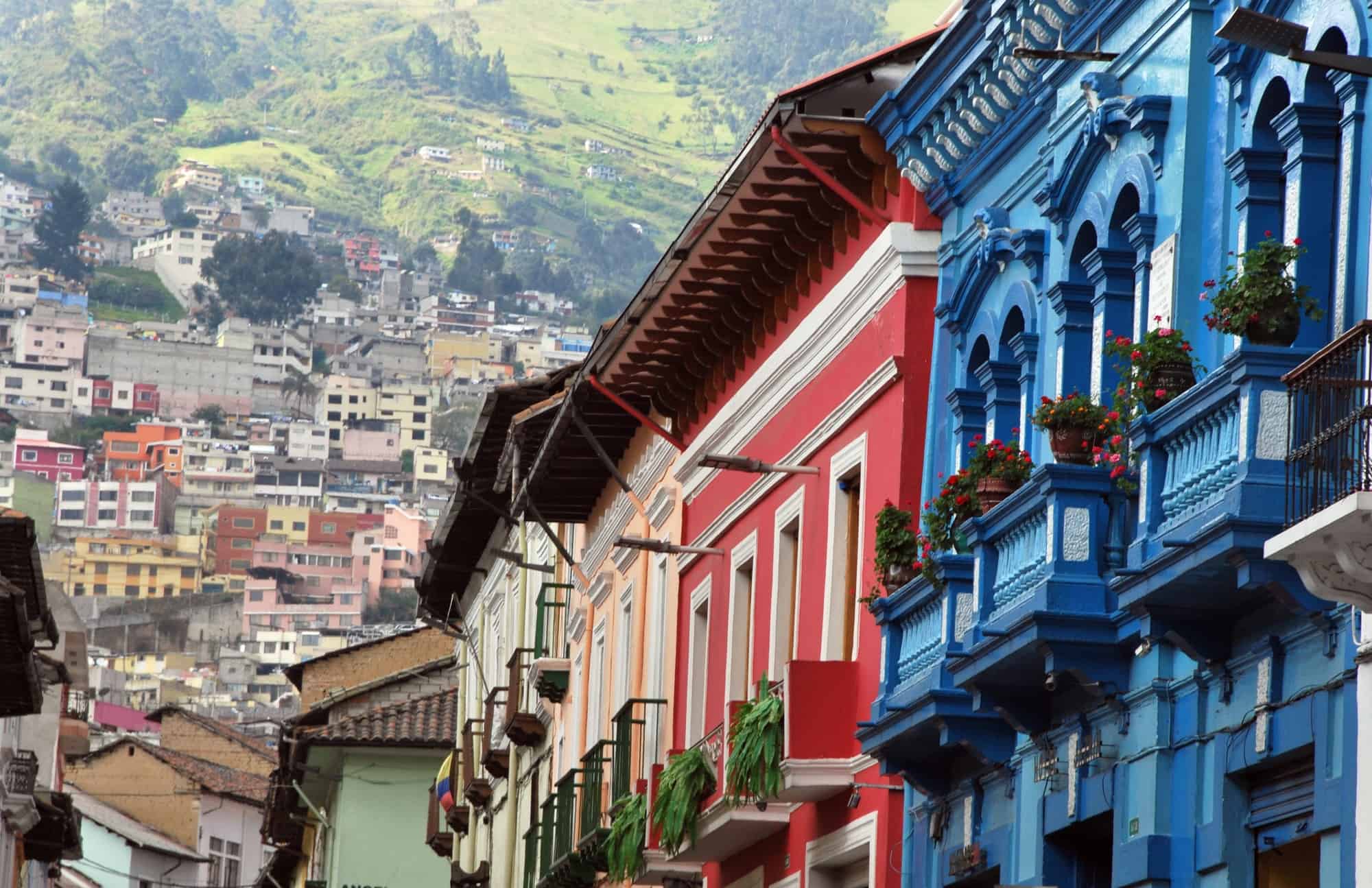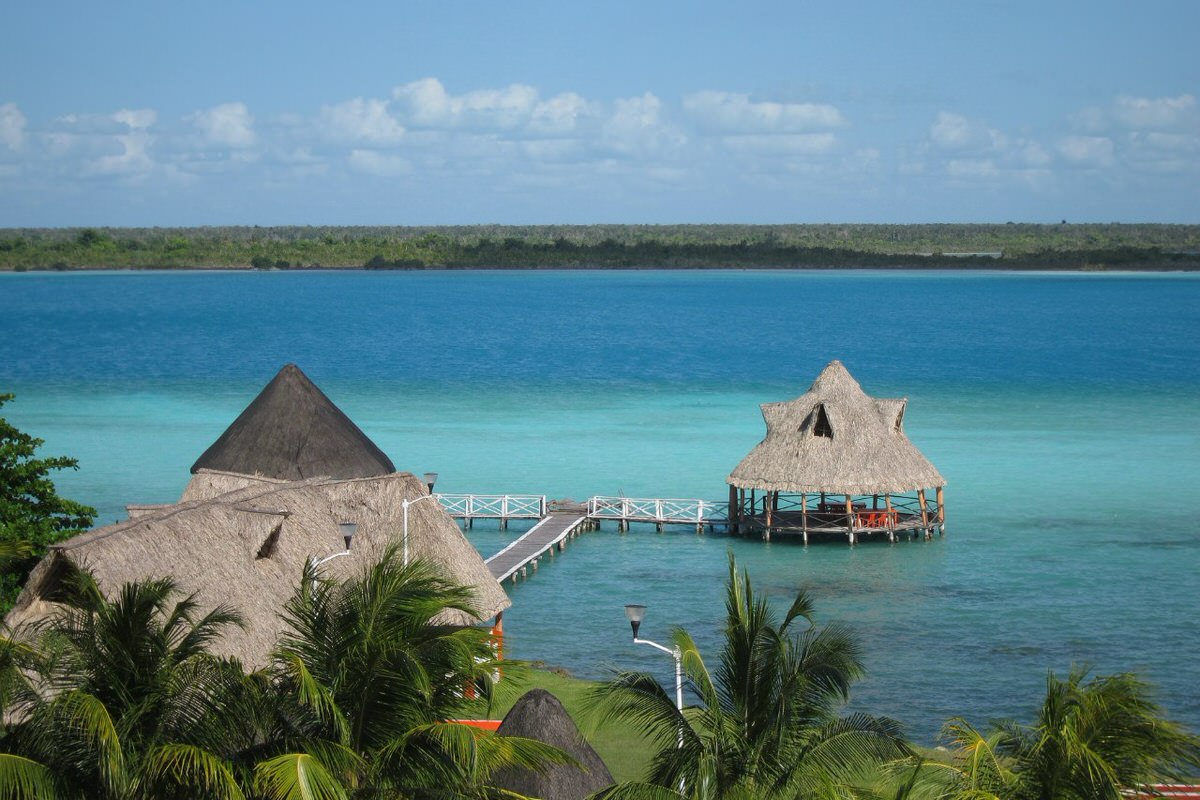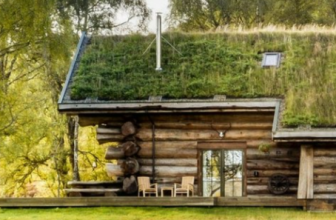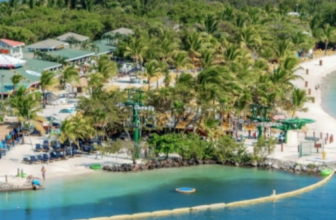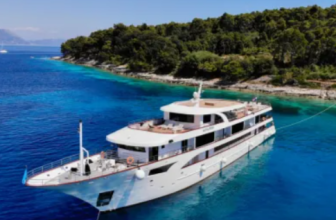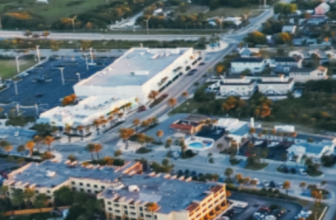Seville with the kids
By Angela Youngman
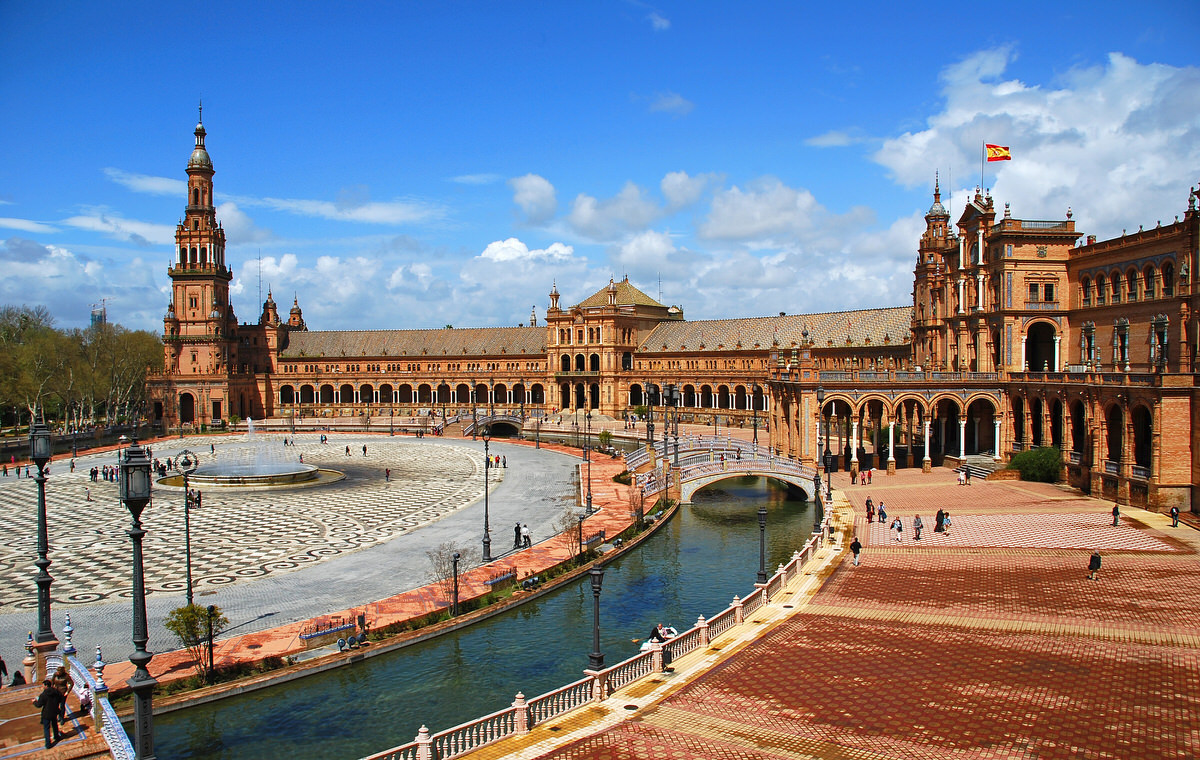 Plaza de España, Seville (Flickr: Federica Chioni)
Plaza de España, Seville (Flickr: Federica Chioni)
In the atmospheric, old quarter of Seville, you can positively feel the throb of flamenco in the air. Andalusia is the heartland of flamenco, and this is evident in its stunning capital. Wandering bands of minstrels dressed in long, black capes and historic clothing serenade visitors, while the distinctive clack of castanets can be heard from inside houses and shops. Dancers wearing flamboyant, flounced dresses accompanied by guitarists sometimes appear to entertain people at the cafes.
Where to Stay: Las Casas de la Juderia
(MORE: 20 Reasons to Visit Madrid with Your Kids)
There are numerous little shops where colourful flamenco dresses hang from doorways, and displays of fans and ornate shawls encourage people to come in and browse. And tall houses painted in yellow, cream and blue, and adorned with decorative iron grilles over windows soar up over narrow alleys before opening out into pretty plazas where you can relax with a drink and watch the world go by.
The old quarter houses the Museum of Flamenco, which flaunts the fiery dance’s expressive gestures, foot stamping, swirling skirts and shawls, and complex moves involving castanets or fans. Here, you can watch spectacular displays of dancing, and explore its traditions and heritage.
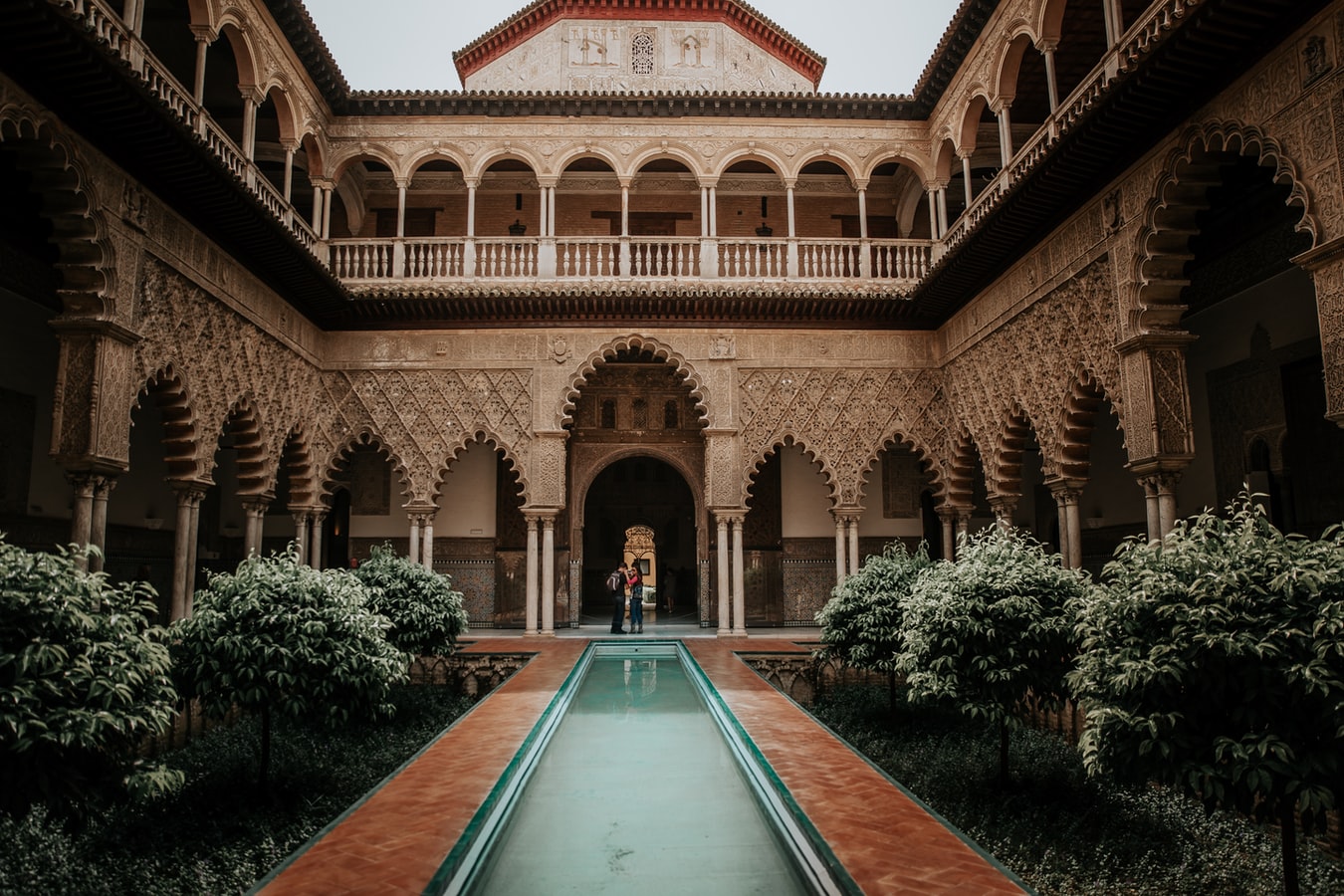
Real Alcázar de Sevilla (Courtesy Vitor Pinto)
Close by is the magnificent Alcázar of Seville, built originally by the Moors who lived here in the early middle ages and whose tall walls hide an inviting secret world. This is no stuffy museum, but a wonderful place to explore and investigate. There are constantly new things to discover in the labyrinthine collection of rooms where the cool walls provide a haven from the heat outside. The architecture is spectacular, as most of the walls are covered in what can only be described as intricate stone lacework. Look for the cool, almost tunnel-like bathing area with its long pool used by Moorish maidens centuries ago. Children love the fun of discovering hidden corners, strange passageways that may lead into another room or suddenly emerge, blinking into the bright sunlit gardens with colourful steps ornamented by brightly painted tiles or fountains emitting constant sprays of water. These gardens are equally maze-like, with lots of paths leading into different areas, through archways and small tunnels to find suddenly yet another garden coming into view. The Grotto wall is incredible. A narrow flight of stairs encourages you to climb upwards to find a long corridor with lots of windows looking out over different parts of the garden. It is a rough surface, very tactile both inside and out. Walk to the far end and you can find an archaeological site showing the remains of a much earlier palace.
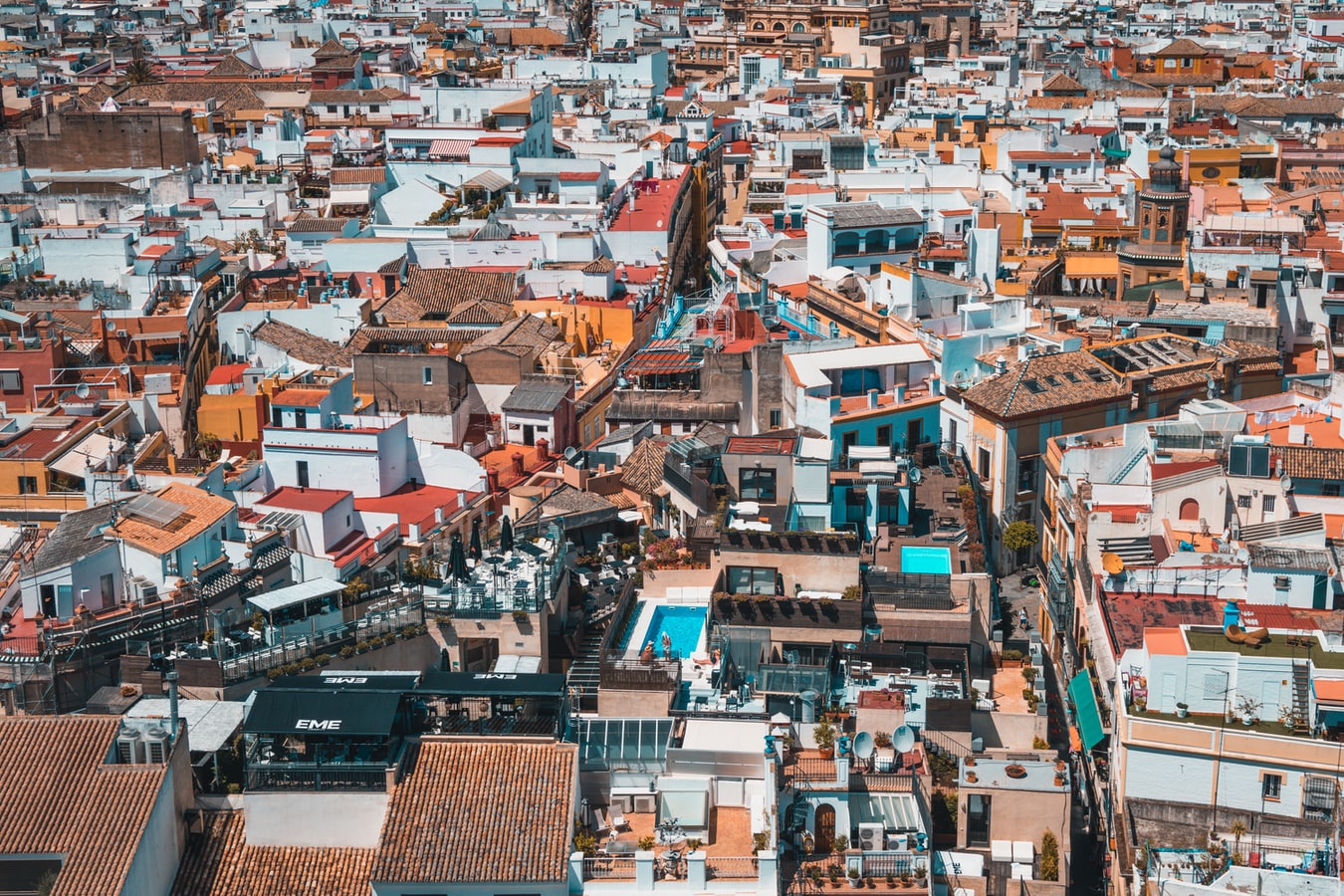
La Giralda (Flickr: Johan Mouchet)
Directly opposite the Alcazar is another reminder of Seville’s Moorish heritage. The great Giralda Tower looms high beside the Cathedral. This tower was originally formed part of the Moorish palace. When the Spanish conquered the city during the Medieval Period, the king decided the tower was so beautiful that it had to be incorporated into the new cathedral, stating anyone who destroyed even one brick would be killed. Now you can climb to the very top of the Tower to see some of the most spectacular views in Seville. Entry to the Gironda Tower is via the Cathedral. Although the long queues to enter the Cathedral can see discouraging, these queues move very fast. Within only a few minutes, you are inside and discovering yet another wonder of Seville.
(MORE: Seven European Beach Cities to Escape to this Summer)
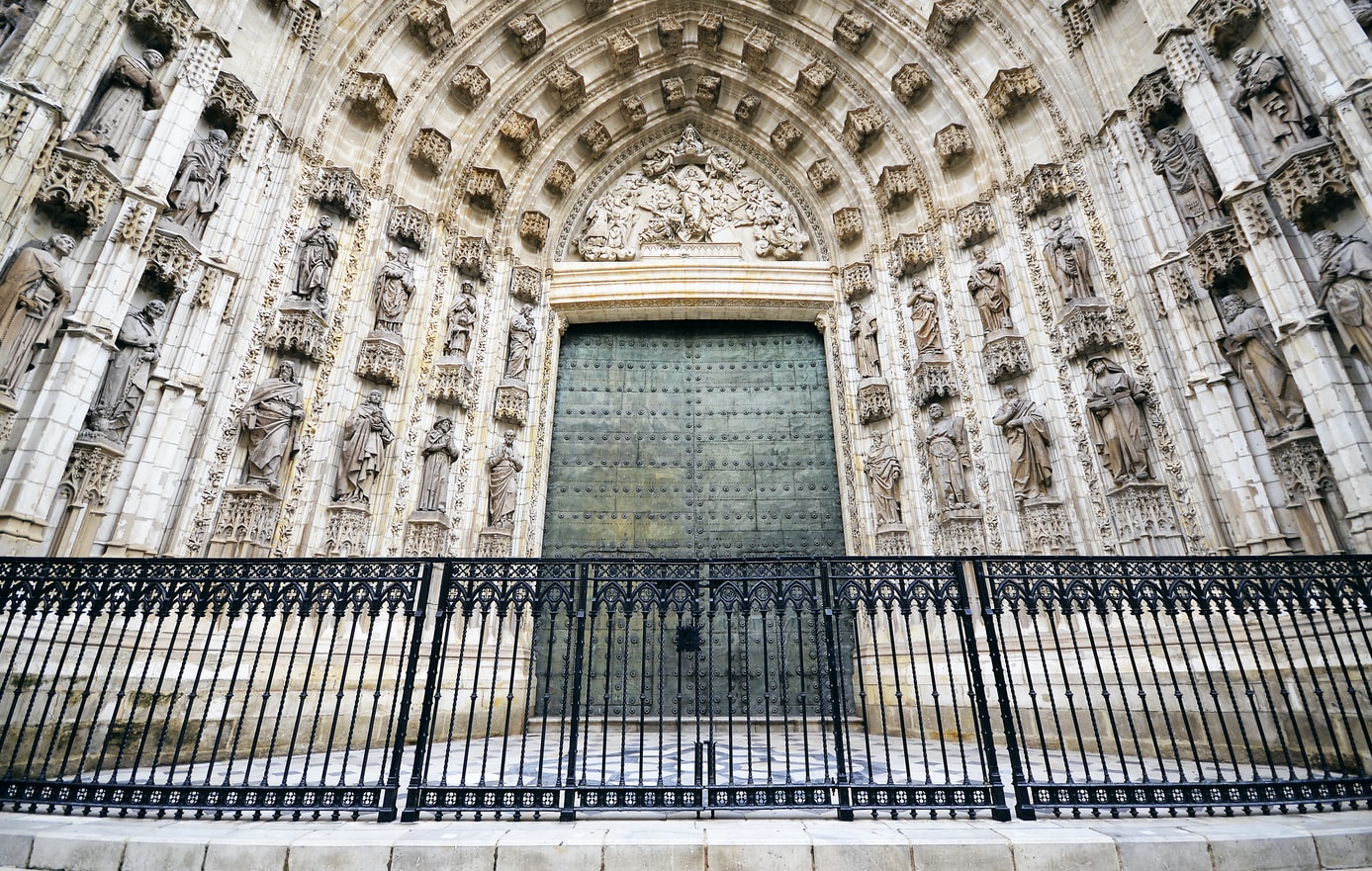
Seville Cathedral (Flickr: Łukasz Maźnica)
The Cathedral is the third largest in the world, with only St. Peter’s in Rome and St. Paul’s in London being larger. Turning to the right on entry, look for the tomb held high by statues. This is the tomb of Christopher Columbus. Almost directly opposite is another reminder of that time – the incredible altars. One is pure silver, the other reaches from the floor to the ceiling and is made of pure gold and jewels – all of which came from the New World. Seville was the city where all the treasures of the New World, carried by ships that moored at its quays on the river, first entered Europe.
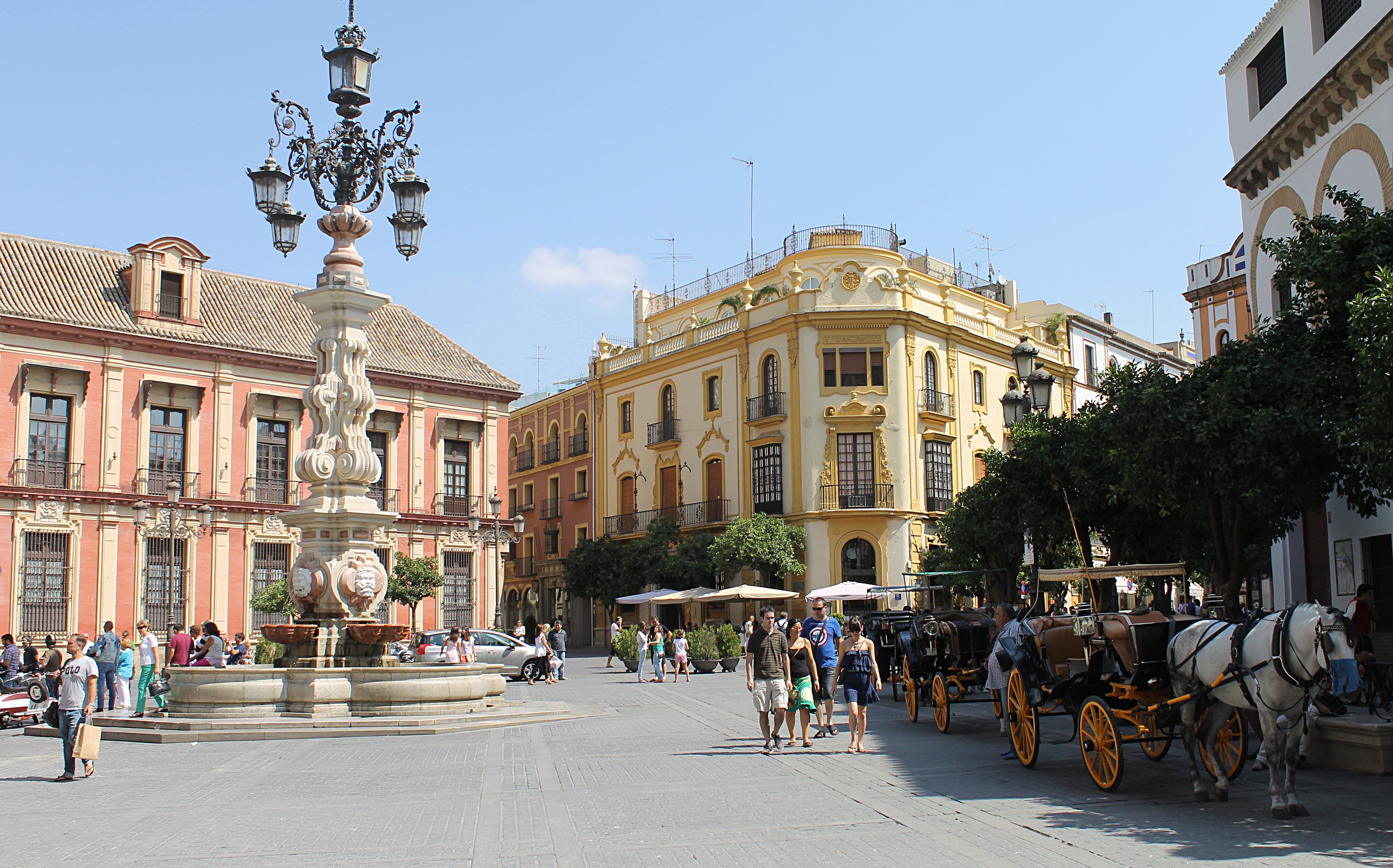
Horses and carriages at Plaza Virgen de los Reyes (Photo: Nicolas Vollmer)
Outside, the horse and carriage rides provide a relaxing way to explore the rest of the city. Children love sitting behind the horses and watching the city go by.
Angela Youngman contributed this to MiniTime.
